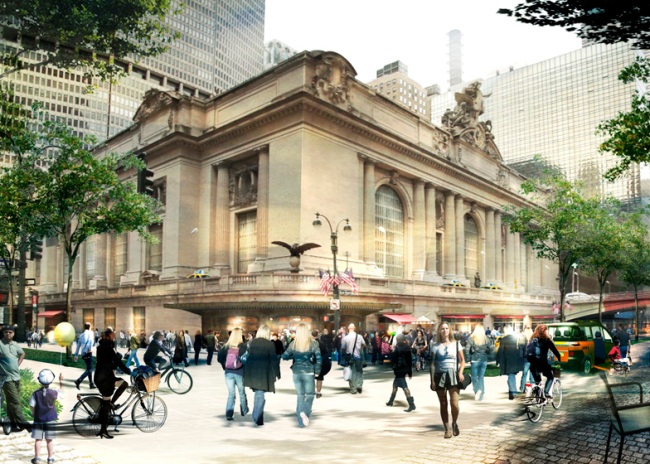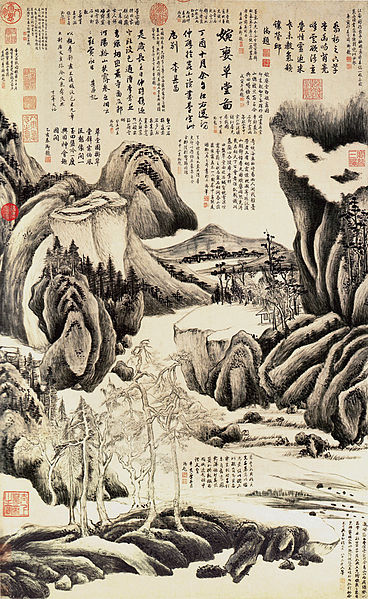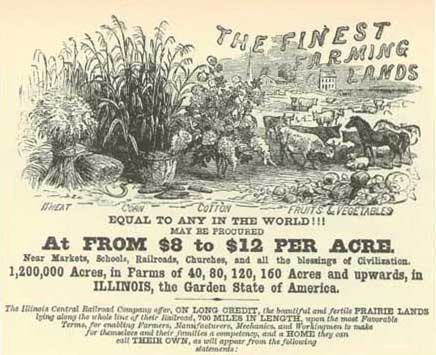Beyond The Greenwash May 8, 2014
Posted by jennibarrett in Uncategorized.Tags: architectural education, greenwash, landscape, publications
add a comment
“derive & drive design from the soil”
I’ve only just remembered to mention that a short opinion piece I wrote was included in the launch edition of Edge Condition. This new, online journal is a rather good read with some great articles from those who consider themselves to be working on the ‘edge’ of architecture. It’s all finished off with an example of Perry Kulper‘s deeply satisfying artwork. My article relates my experience of existing on the kerb of landscape and architecture and calls for a deeper engagement with landscape in architectural education.

Click HERE to read….
Drawing Diversity October 4, 2013
Posted by jennibarrett in Uncategorized.Tags: aesthetics, architecture, drawing, landscape, UCLan
1 comment so far
Architects draw.
By hand or using technology tools, they make representations of a world they propose. Architects are also embracing site, context and landscape as essential parts of the architectural palette. Yet, despite artistic skills, well-honed in architecture school, there remains a divide between representation of buildings and the spaces that connect them. I remain unconvinced by out-of-scale, acid-green trees set in deeper-green, grass floor blankets.
Grand Central Terminal, New York (Foster&Partners)Source: http://www.dezeen.com/2012/10/19/foster-partners-present-vision-for-grand-central-terminal/
There is an ancient skill of deriving understanding of the natural world through artistic endeavour and we may be in danger of losing it. The great scientific contributions of Linnaeus and Darwin would not have been possible without drawing.
Vienna Dioscurides, A.D.515Source: Design Squish
It’s through the art of diagram that we understand the temporal and dynamic relationships between flora and their ecosystems.
Phylogenetic TreeA phylogeny-driven genomic encyclopaedia of bacteria and archaea
Source: Nature
And the spiritual and aesthetic human relationships with their built environment has been a repetitive theme in the literal and figurative fine arts for centuries.
Wanluan Thatched Hall, Dong Qichang, 1597Source: Wikipedia Ascanius Shooting the Stag of Sylvia, Claude Lorrain, 1682
Source: Wikipedia Commons Cityscape I (Landscape No.1), Richard Diebenkorn, 1963
Source: Wikipedia Commons
How do we define our relationship with the natural world, today? This is a daily question in architectural discussion, but there is little evidence of interrogating it through pen, pencil or mouse.
Masters students in architecture at UCLan, however, are interrogating landscape – looking at ways that architecture can understand the natural world a little better and engage with it in a little more depth. Their work will be exhibited next week and I’ll aim to pin up some inspiring images…….
From Wild West to North West: Reconstituting agrarianism July 12, 2013
Posted by jennibarrett in Uncategorized.Tags: agrarian, architectural education, landscape, landscape urbanism, urbanism
1 comment so far
The agrarian ideal offers speculation relating to how we can propagate, feed and reap the rewards of new society. It is unsurprising then, that this ideal stems from a Fenland vision, transplanted by pioneers and speculators to the New World. Flourishing as the American Dream in a landscape of constitution, agrarianism became the fertile bract of the moral and ethical roots of the United States. It was manifested in plan form in William Penn’s Philadelphia (1683) and progressed by visionaries such as Lloyd Wright (Broadacre City, 1934), Henry Dreyfuss (Democracity, 1939) and Ludwig Hilbersheimer (The New Regional Pattern, 1944-49). The theme has been explored in the technological age by Branzi (Agronica, 1993-94) and MVRDV, notably Pig City (2001). More contemporary dalliances with agrarianism deconstruct the ideal to mere visions of food production via urban agriculture, which, though valuable contributions to the ‘problem’ of urban landscape, dilute the politically and socially reformative capacity of the agrarian vision. This is achieved at the local scale (e.g. Bronx Public Farm & Orchard, Alexondros Arlonitis, 2008) or as strategic approaches to productive use of urban landscape (Continuous Productive Urban Landscape, Bohm & Viljoen,2005). Meanwhile, Duany Plater Zyberk have echoed Lloyd Wright’s US focussed, regional planning approach in their published advocacy of ‘agrarian urbanism,’ though economically, socially and aesthetically naïve in outcome.
Meanwhile, all is not quiet on the Preston front. We struggle to reconcile a definition of ‘agrarianism’ and further to perceive it within an English rural arcadia which bears the weight of production to support a hungry urban reality. Our kingdom was never united. We represent a reconstitution of the Picts and the Punjabi; of empire and devolution; of gangs and ghettos. From this arises a culture of the land with relict tribal rituals and diverse dialect – of spirit and memory. Hence, the agrarian ideal can only ever impose uncomfortably upon British soil. Instead, we need to grow our vision of the future from the landscape, the land that we have ‘scaped’ for ourselves over millennia.
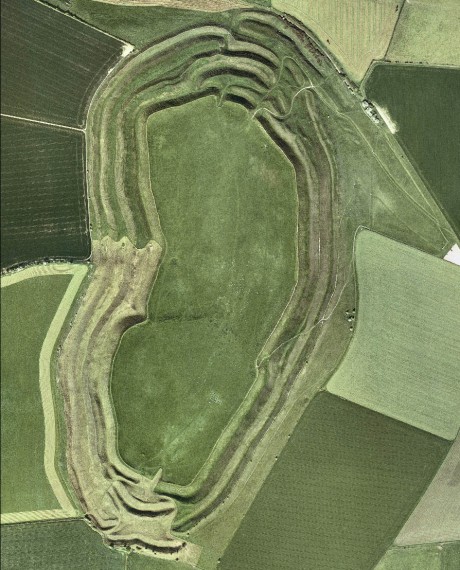
Maiden Iron Age Hill Fort, Dorset
Source: Dorset AONB
The term ‘landscape’ derives from the Dutch ‘landschap’, the suffix deriving from ‘ship,’ holding the same root as ‘partnership’ or ‘kinship’ suggested a living and layered state of being which causes us to be hefted to the land. It is layers, not plans, that we must understand if we are to solve and envision a sustainable urbanism . We have an exciting opportunity to welcome the new American settlers of ‘agrarianism,’ ‘new urbanism,’ ‘ecological urbanism’ and ‘landscape urbanism’ back home and reconstitute them to bear relevance here. Architectural education must embed internationally transferable skills in understanding how ideas of landscape and place can contribute to a whole infrastructure which fuels and shapes architecture and urbanism, using their immediate regions; its metropolises and their hinterlands, as the field of operation.
Landscape Futures : Field Interventions July 2, 2013
Posted by jennibarrett in Uncategorized.Tags: architectural education, architecture, infrastructure, landscape, ruralism, UCLan, urbanism
add a comment
End of one academic year and headlong into the next……and the next one’s going to be a biggie.
The new Masters in Architecture course commences. I’ll be teaching one of the design ateliers with Prof. Karim Hadjri and we’ve been busy working it all out. So, now presenting in glorious RGB Technicolour……
Landscape Futures : Field Interventions
Landscape Futures Super-Workshop, Rina Kukaj
It’s an opportunity to expand our role and understanding of landscape within the architectural discipline as well as getting serious about the skills and knowledge we need to secure a sustainable urbanism and contextual architectural intervention. We’re still working out the finer points, but here’s a taster of what’s to come….
“How can architecture engage with concepts of food scarcity and energy security in the context of increasing urbanisation and rural decline?
How can technology engage with landscape to define an architecture of the future?
How do issues of infrastructure and aesthetics combine to produce sustainable urban futures that respond to ‘place’ and ‘time’?
The Landscape Futures atelier commences with a rapid-fire series of projects which investigate the flow and stasis of elements which define and determine urban and rural metabolisms including food, energy, biodiversity and transport. These issues will be explored at global and local levels and communicated in a variety of visual and tactile forms.
Semester 1 continues with exploration of precedents in the Netherlands and the north-west of England to establish temporal, spatial and aesthetic solutions and emerging challenges for architecture, focusing on the connectivity and symbiosis of urban existence with rural and agrarian productivity. This research will be used to generate strategies for a new and plausible urbanism for the Lancashire region based upon a deep understanding of how landscape and place interact with and determine architectural interventions in spaces of uncertain futures.
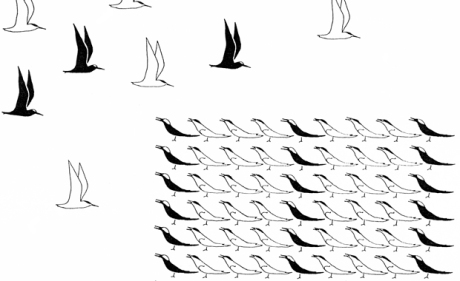
West8 Shell Project, Eastern Scheldt Storm Surge Barrier, Zeeland
“We are never going to save the rural places or the agricultural places or the wild and scenic places (or the wild species that dwell there) unless we identify the human habitat and then strive to make it so good that humans will voluntarily inhabit it.”
James Howard Kunstler
If you are interested in studying on the MArch at UCLan and joining us in this atelier or if you have any questions, please feel free to email me or use the form below.
I would also be really keen to hear from those interested in contributing to the atelier, either as a guest tutor, keynote speaker or as a case study.
